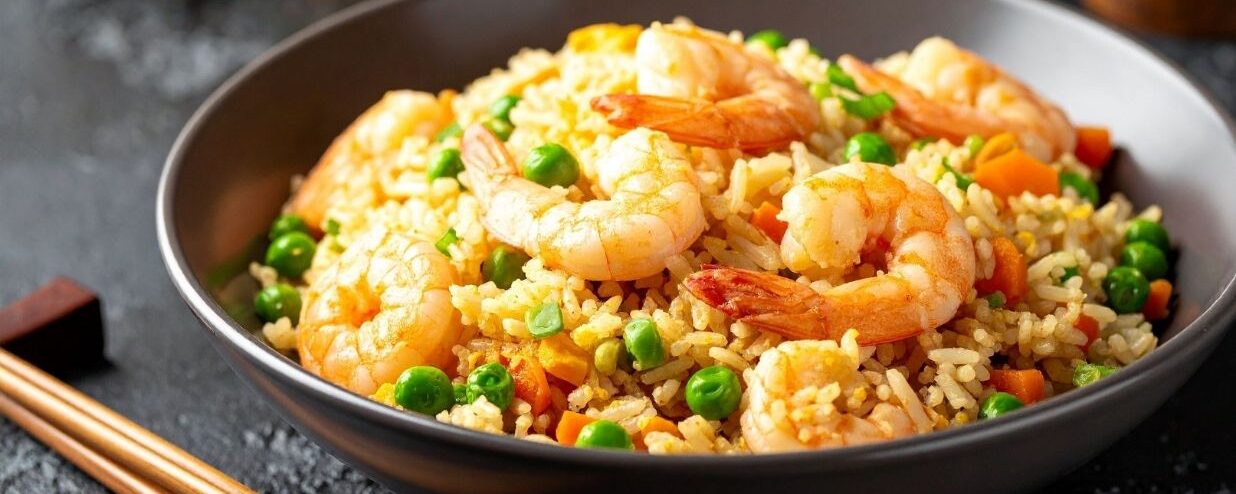“Chi” → Chahan (Fried Rice)
「ち」→チャーハン
チャーハン ( Chahan ) is one of the most famous Chinese dishes in the world. I imagine that for many of you, Chahan was the first Chinese food you ever tried.
It’s the same for Japanese people, and I would guess there isn’t a single Japanese person who has never eaten chahan before. I also bet there’s no one who dislikes it. That’s how normal and common it is, and it’s a dish that isn’t only eaten out at restaurants, but one that is also made at home.
Today I’m going to teach you how to make egg chahan. When I was going to a university summer school in America, my chahan was very popular among my dorm mates. At the end I’ll compile and explain some vocabulary and sentence patterns you’ll often see in recipes.
Recipe
There are a lot of important expressions that express the passage of time and the order of actions
– tara (when): When it breaks up, add salt and pepper
たら パラパラになったら、塩コショウをする
– made (until): Heat until it becomes hot
まで 熱くなるまで、熱す
– uchi ni (while it still): Add the rice while the egg still hasn’t solidified
うちに 固まらないうちに、ごはんを入れる
Vocabulary:
Transitive (actions taken by humans), intransitive (used to express states)
Transitive
– Heat (the frying pan) (フライパンを)熱する
– Fry (the rice)(ごはんを)炒める
– Put in (the rice)(ごはんを)入れる
– Mix (the eggs)(卵を)かき混ぜる
– Season(味を)調える
Intransitive / Intransitive expressions
– (The eggs) solidify(卵が)固まる
– (The rice) breaks apart(ごはんが)パラパラになる
– (The rice) loosens up(ごはんが)ほぐれる
Other expressions
– Medium heat 中火
– Loose and falling apart パラパラ
I hope you’ll all try making it tonight. (Of course, only if you have some leftover rice)
About this week’s AIUEO Author:
Yasuko Hidari received her Masters of Literature at graduate school in Scotland and studied about rock music as a commodity, after which, she worked for a culture related think tank. She has a very extensive knowledge of music and movies.
Co-author of the Japanese beginner textbook, “Nihongo Fun & Easy”.
